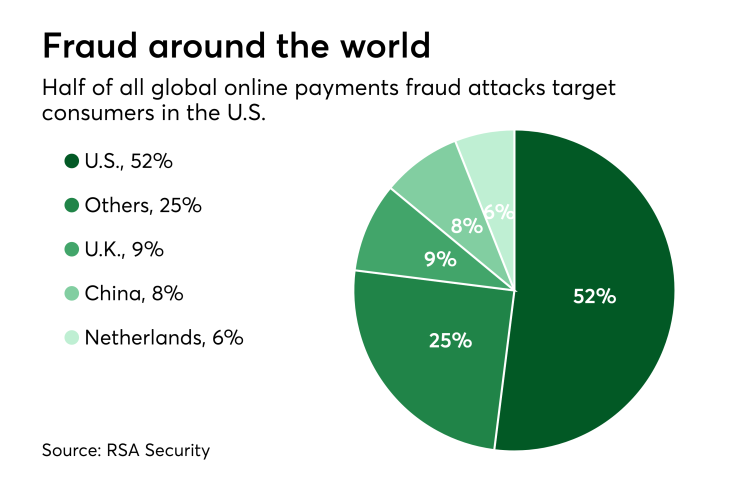The words "machine learning" are all over the cybersecurity blogs, but in today’s sophisticated fraud landscape these capabilities are not enough to keep the hoards at bay. Machine learning is only one of the tools in the arsenal to fight online fraud.
Machine learning offers the highest efficiency when it’s fed the right data and has the correct intelligence behind it, but even when this happens it’s not a silver bullet.
Machine learning needs to be combined with other layers of security in order to block today’s sophisticated fraud. Multilayered solutions that also include passive biometrics and behavioral analytics, combined with machine learning capabilities, detect mass scale sophisticated attacks and can prevent fraud weeks before it happens.
The sophistication of cybercriminals will also continue to evolve. For companies to capture a significant market share, they will have to focus on offering safe environments to customers.

Javelin research shows that in 2017 alone, 6.64% of consumers became victims of identity fraud, an increase of over one million victims from the previous year. The online economy is under pressure to get fraud, identity theft, account takeovers, email scams and more under control. In this online fraud brawl, new technologies such as machine learning and passive biometrics are being introduced to give companies a way to battle mass-scale automated threats.
Two-factor authentication has been a stalwart rampart to blocking fraud, but bad actors are demonstrating they can blow up that safeguard. Fraudsters can intercept SMS-based passwords and other additional code-based verification systems without breaking a sweat.
This is where the use of multiple layers with different technologies come into play. Passive biometrics and behavioral analytics combined with other layers of security are drastically reducing fraud by combining their intelligence, so that if one layer fails, the next one jumps in to cover. This layered solution can seamlessly identify machines from humans and verify the legitimate user.
Passive biometrics technology can track subtle identifiers such as how the users type, what fingers they use and how they hold the device. That's behavior that can’t be stolen by a bad actor.
Using multilayered solutions with passive biometrics at the core, you can let good users go through seamlessly and interject only those users showing high-risk signals.
Physical biometrics is becoming widely accepted as a tool for additional verification when needed, such as fingerprint scan, facial recognition or retinal scan. According to a poll by Unisys, 72% of banking users accept the use of biometrics.
With a layered authentication framework that combines these technologies, you can verify legitimate customers from impostors without having to add unnecessary friction. These layers of technology are helping businesses reduce their fraud while bringing trust back into the online ecosystem.





